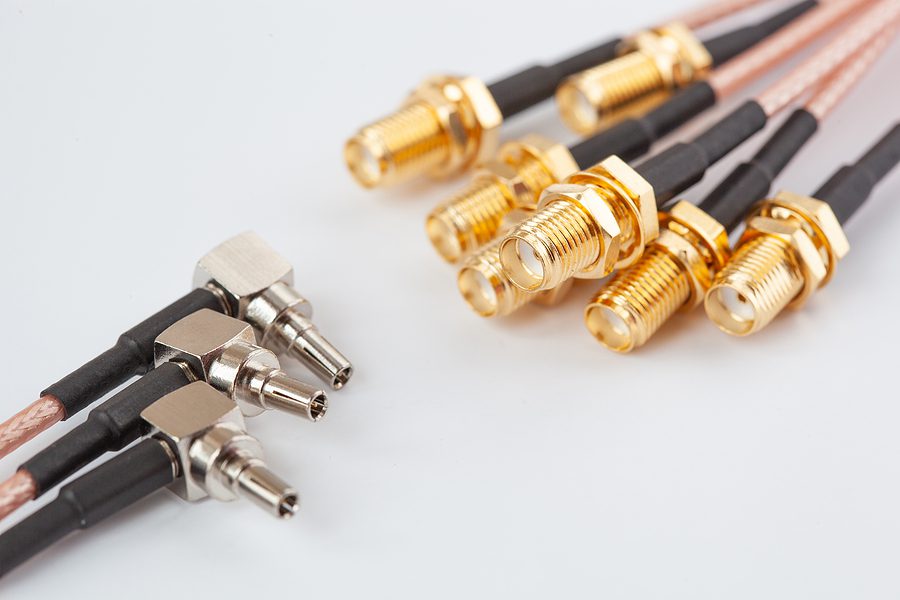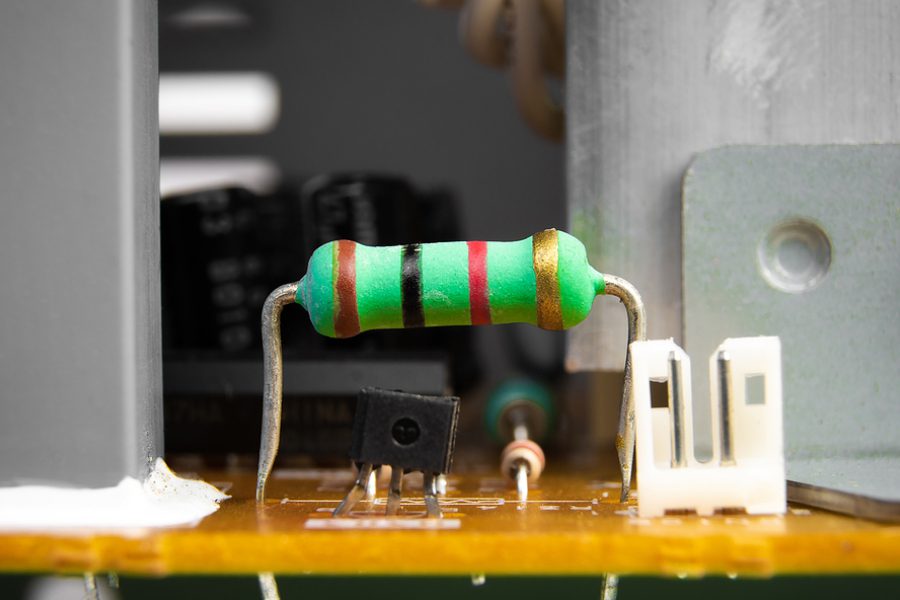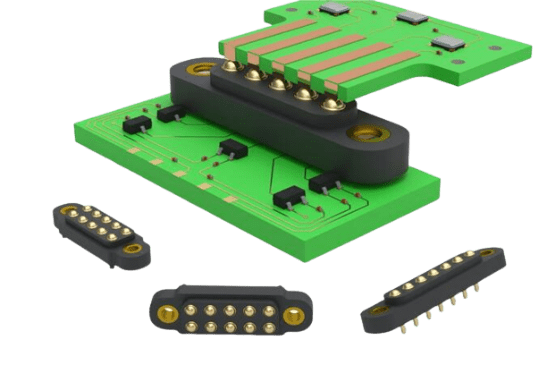
A Beginner’s Guide to Radiofrequency (RF) Connectors
In modern technology, few things are as ubiquitous and essential as radiofrequency (RF) connectors. These pivotal components serve as linchpins in forging reliable connections among an array of electronic devices.
Understanding RF connectors is a fundamental skill, whether you’re delving into amateur radio, setting up a home Wi-Fi network, or working in a professional electronics field. In this beginner’s guide, we’ll walk you through the basics of RF connectors, their types, applications, and how to choose the right one for your needs.
What Are RF Connectors?
RF connectors, short for radiofrequency connectors, are specialised connectors designed to transmit high-frequency signals between electronic devices. They provide a means to connect different components of an RF system, ensuring seamless communication without signal loss or interference.
These connectors are available in various forms and sizes, each tailor-made for certain applications and frequency ranges. Amidst the array of RF connectors, some common ones include BNC, SMA, N-Type, and TNC connectors.
Types of RF Connectors
- BNC (Bayonet Neill-Concelman) Connectors
The BNC connector is one of the most widely recognised RF connectors. It’s often found in applications such as CCTV cameras, test equipment, and amateur radio.
BNC connectors are well-known for their simple bayonet-style coupling mechanism, enabling swift attachment and detachment. They find extensive use in scenarios involving signal frequencies that span from several megahertz to 4 gigahertz.
- SMA (SubMiniature Version A) Connectors
SMA connectors are commonly used in applications involving higher frequencies, typically ranging from DC to 18 GHz or more. They have a threaded coupling mechanism, which provides a secure connection, making them popular in RF test and measurement equipment, as well as in wireless communication devices like Wi-Fi routers and cellular antennas.
- N-Type Connectors
N-Type connectors are known for their rugged construction and high-power handling capabilities. They are commonly used in applications requiring frequencies ranging from DC to 11 GHz or more.
N-Type connectors are frequently used in outdoor installations, such as base stations for mobile networks and satellite communication systems.
- TNC (Threaded Neill-Concelman) Connectors
TNC connectors are similar in design to BNC connectors but have a threaded coupling mechanism for added security. They are suitable for frequencies ranging from DC to 11 GHz, making them versatile connectors used in a variety of applications, including aerospace, military, and telecommunications.
Applications of RF Connectors
RF connectors find applications in a wide range of industries and technologies:
1. Telecommunications
In the telecommunications industry, RF connectors are essential for connecting antennas, transceivers, and other components in cellular networks, satellite communication, and cable television systems.
2. Aerospace and Defense
RF connectors are extensively utilised in military and aerospace applications, where ruggedness and reliability are paramount. They are designed to withstand extreme environmental conditions and ensure reliable communication and radar systems, contributing to the success and safety of missions and operations.
3. Medical Devices
Advanced medical equipment, including MRI machines and ultrasound devices, depend on RF connectors to transmit signals between various components. The precision and consistency of these connectors are vital in maintaining the accuracy and functionality of medical diagnostics and treatments.
4. Broadcasting
RF connectors are the backbone of radio and television broadcasting stations. They are instrumental in linking antennas and transmitters, ensuring the smooth transmission of signals to reach audiences far and wide. The quality of RF connectors directly affects the clarity and reliability of broadcasted content.
5. Amateur Radio
Enthusiasts and amateur radio operators often rely on RF connectors to build antennas, establish connections between transceivers, and enable communication over the airwaves. The versatility and compatibility of RF connectors are crucial for hobbyists to explore and enjoy the world of amateur radio.
Choosing the Right RF Connector
Selecting the right RF connector depends on various factors, including:
- Frequency Range: The frequency range at which your RF connector will operate is a fundamental consideration. Different connectors are designed to handle specific frequency ranges, and using the wrong connector can result in signal loss or poor performance. Ensure that the connector you choose is well-matched to the frequency of your application.
- Impedance Matching: Impedance matching is crucial for efficient signal transmission. RF connectors typically come in two standard impedance values: 50 ohms and 75 ohms. It’s essential to match the connector’s impedance with the impedance of the system components you are connecting. Mismatched impedance can lead to signal reflections and loss of signal quality.
- Environmental Factors: Assess the environmental conditions in which the connector will be used. If the connector will be exposed to moisture, extreme temperatures, or other harsh conditions, select a connector with the appropriate level of protection and durability. Outdoor connectors, for example, often have weatherproofing features to prevent moisture ingress.
- Gender Compatibility: RF connectors are available in male and female versions, each with a specific design for connection. It’s crucial to ensure that the gender of the connector matches the gender of the devices you intend to connect. Mismatched genders can result in incompatible connections and signal loss.
- Connector Material: The material used to construct the connector can impact its performance and longevity. High-quality connectors often use materials like stainless steel or brass for durability and corrosion resistance.
- Connector Attachment Method: Some connectors use thread-on mechanisms, while others may have push-on or snap-on designs. The attachment method can affect ease of use and security, so choose one that suits your requirements.
Conclusion
Radiofrequency (RF) connectors are essential components that enable the smooth transmission of high-frequency signals in today’s electronic devices. This introductory guide provides you with the information necessary to navigate this complex field, helping you choose the right connector for your particular needs and ensuring reliable connections in your electronic systems.
Are you looking to find the right RF connectors for your projects? Look no further, Wiselink isa leading electronic component store based in Singapore. With a vast selection of high-quality RF connectors from Cinch Connectivity Solutions and other electrical components, such as spring-loaded pogo pin connectors, we have the solutions you need to ensure seamless signal transmission in your electronic devices. Browse our online catalogue today, and seize the opportunity to experience the connectivity you deserve.



